



The USA’s wild side hides unexpected dangers. From your backyard to remote forests, the CDC reveals the creatures most likely to cause harm. Forget textbook predators – the real threats might be closer (and smaller) than you think.
Connecticut Bobcats: Beautiful But Can Be Dangerous
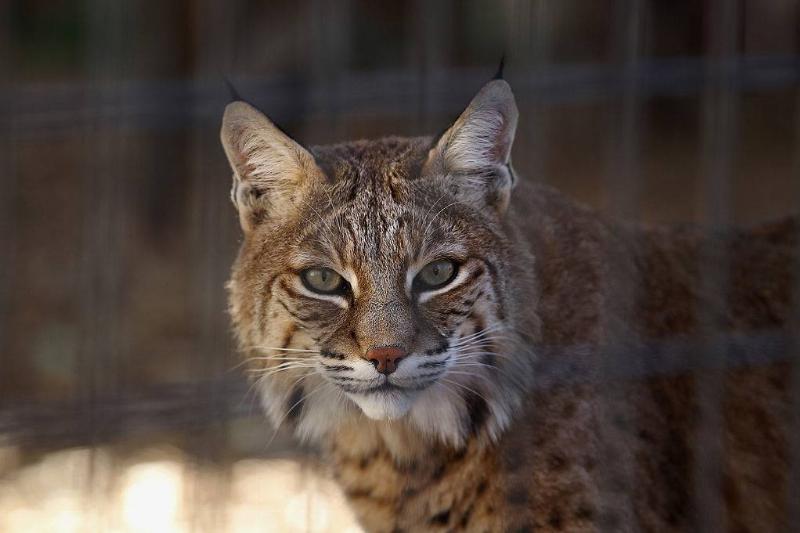
John Moore/Getty Images
Connecticut’s bobcat population is growing. While generally not a threat to humans, rabies can make them aggressive. Be aware of the risks and signs of infection.
Utah’s Unexpected Danger: The Fearsome Deer
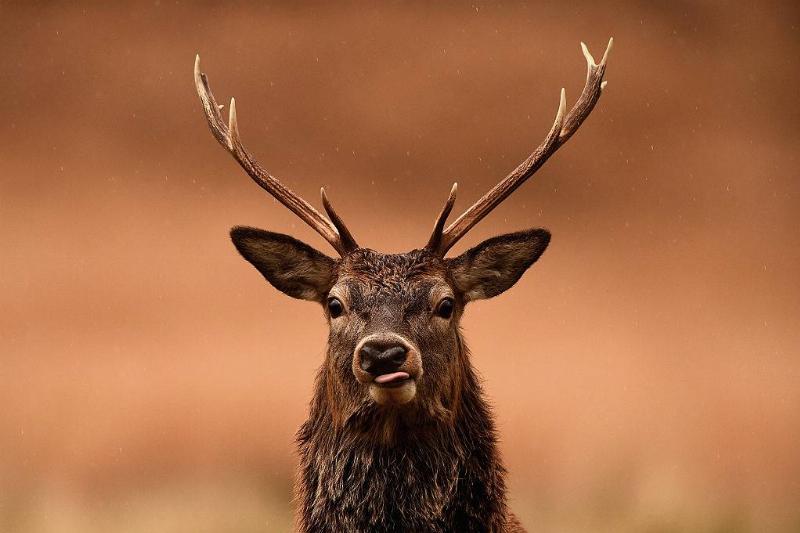
Jeff J Mitchell/Getty Images
Forget bears and cougars. In Utah, even the deer can be deadly. While most deer are timid, Utah’s breed is tougher – they’ve been known to attack hunters and cause dangerous car accidents. Don’t underestimate these seemingly gentle creatures.
Oklahoma’s Hidden Tiger Threat
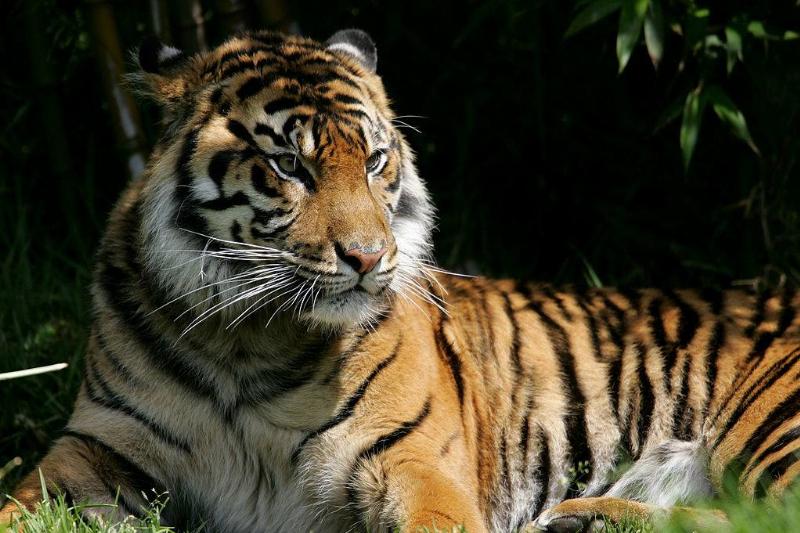
Justin Sullivan/Getty Images
Oklahoma’s dangerous animal problem isn’t just wild – it comes from private exotic pet ownership. Poorly kept tigers pose a serious risk. Escapes happen, leaving unsuspecting people vulnerable to these powerful predators.
Kentucky’s Hidden Farmland Hazard: Cattle Can Be Killers
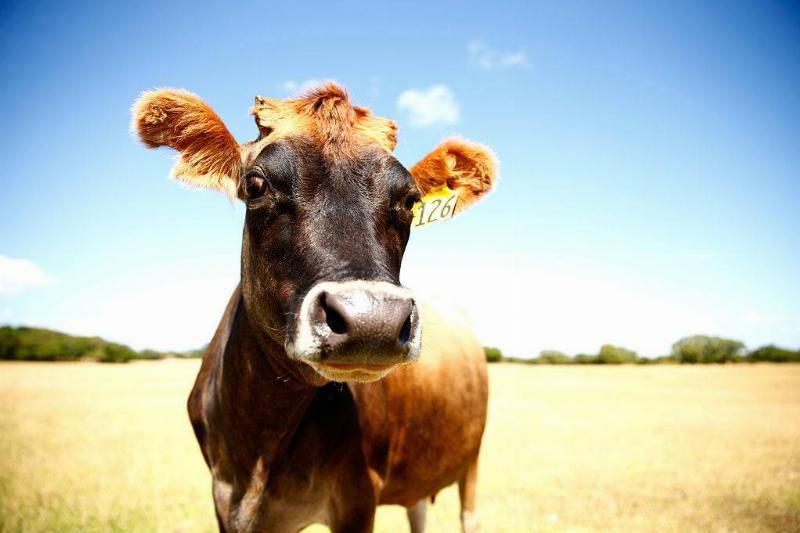
Phil Walter/Getty Images
It’s not wild predators Kentuckians need to fear most – it’s domestic cattle. Bulls and cows can inflict deadly injuries, especially in enclosed spaces. The risk is highest for older men. Don’t underestimate the power of these seemingly docile farm animals.
South Carolina’s Buzzing Threat: Wasps and Hornets
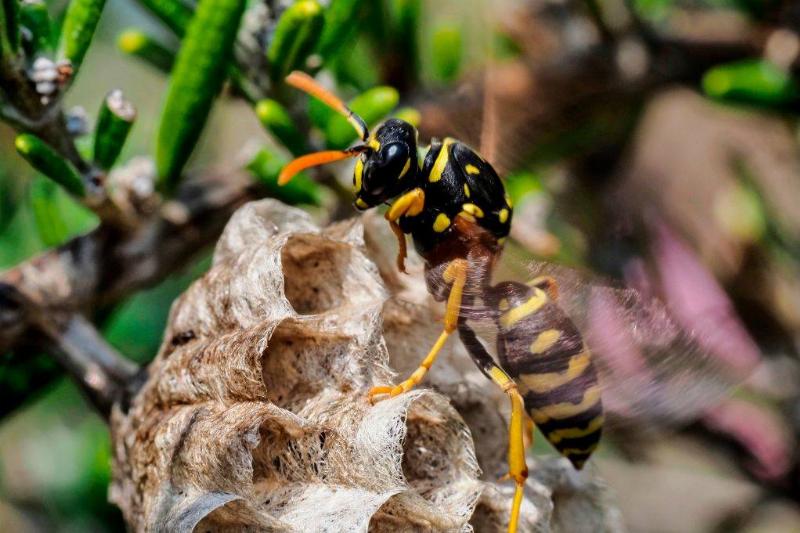
Guillaume Souvant/AFP via Getty Images
Forget snakes or alligators. In South Carolina, the real danger is wings and swarms. Wasps and hornets here are fiercely territorial. Their stings can be deadly, especially for those with allergies. Heed the buzz, and respect their nests.
Wisconsin’s Tiny Terror: The Tick Threat
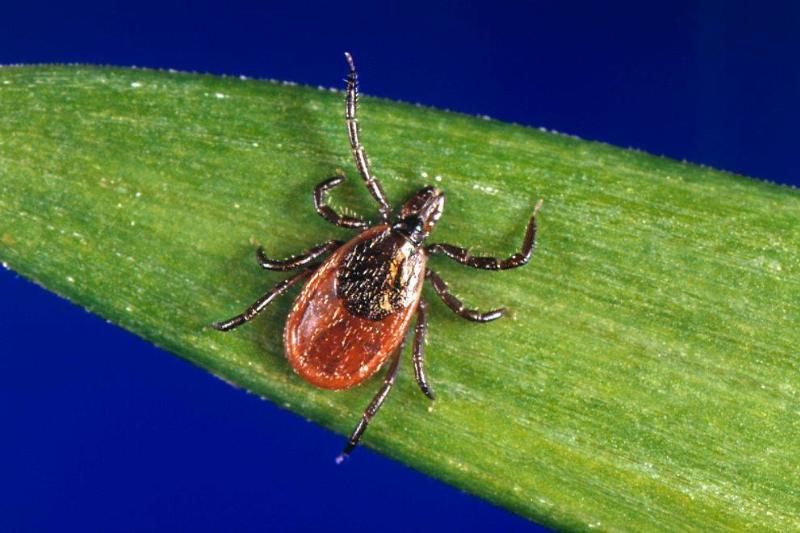
Smith Collection/Gado/Getty Images
Don’t be fooled by their size. Ticks in Wisconsin carry serious diseases like Lyme, which can have lasting effects. Sadly, tick-related deaths are a reality here. Be vigilant in tick country – prevention is key.
Colorado Cougars: Rare But Risky Encounters
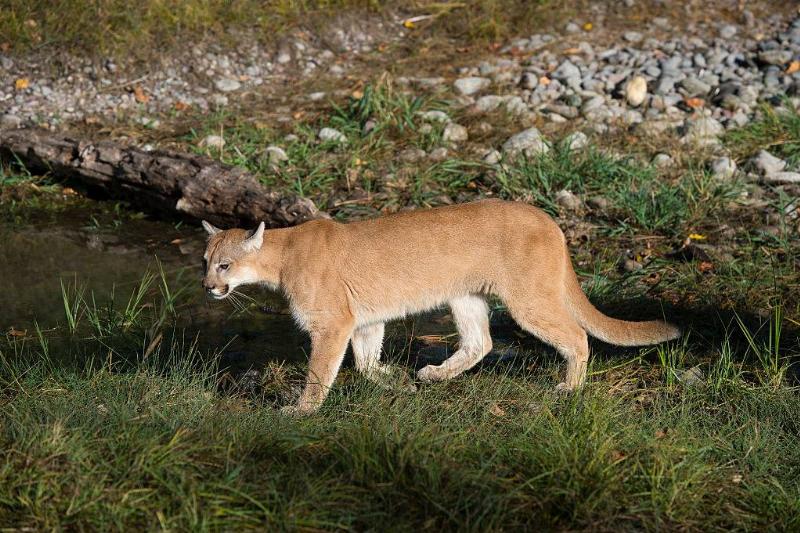
Wolfgang Kaehler/LightRocket via Getty Images
Colorado’s wildlife is diverse, but cougars pose the biggest threat to humans. Attacks are uncommon, but hikers need to be aware. Though fatalities are rare, these powerful predators can be dangerous if surprised on the trail.
Missouri’s Silent Threat: Venomous Snakes
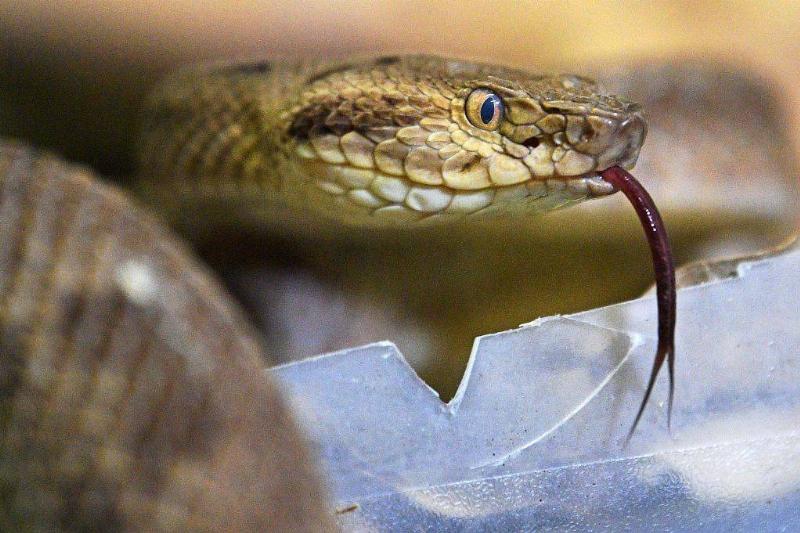
Carl De Souza/Getty Images
Missouri’s wilderness hides a deadly secret: its venomous snakes put it among the riskiest states for fatal bites. While deaths are uncommon, hikers and outdoor enthusiasts need to be aware of the five dangerous species that call this state home.
Indiana’s Roadside Danger: When Deer Turn Deadly
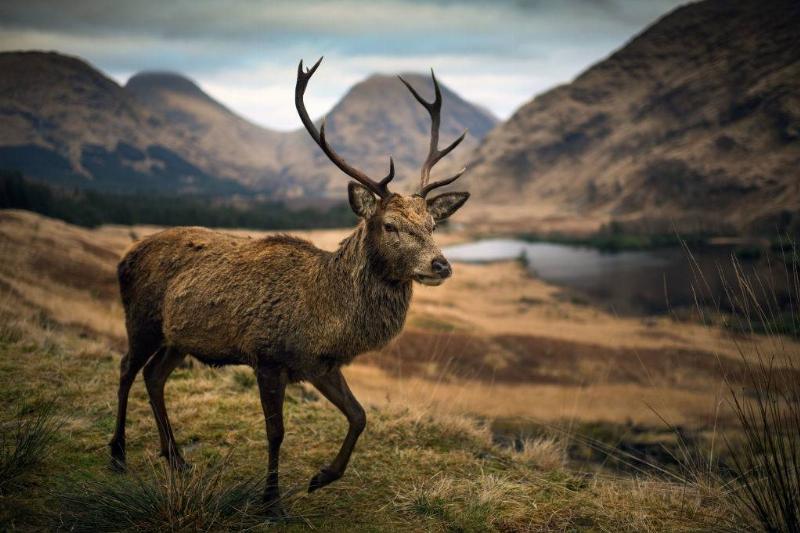
Jeff J Mitchell/Getty Images
Deer aren’t just a nuisance in Indiana – they’re a serious road hazard. Collisions aren’t just about damaged cars; they can be fatal. In 2016 alone, over 14,000 deer-related accidents put drivers at risk.
Massachusetts Menace: When Bees and Wasps Attack
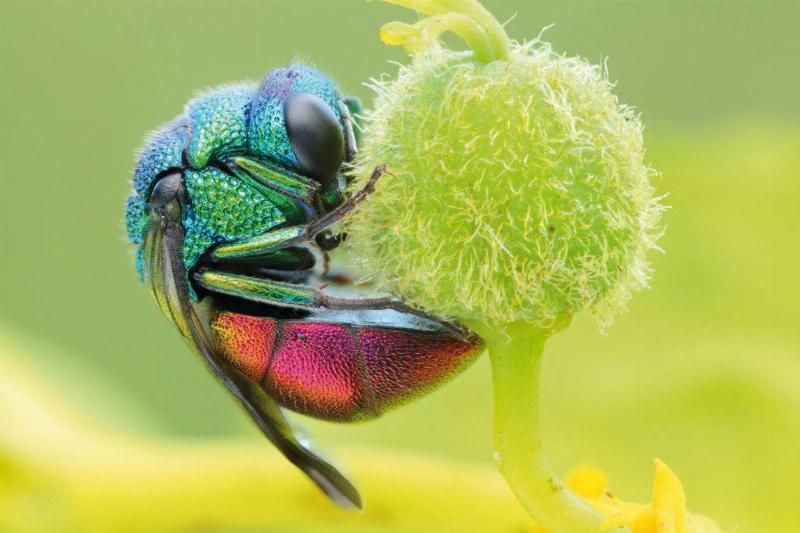
Matthew Richards/PhotoPlus Magazine/Future via Getty Images
Forget sharks or bears. In Massachusetts, the real threat comes with a buzz. Bees, wasps, and hornets here are fiercely protective. Don’t get too close to a nest – those stings pack a painful, and potentially deadly, punch.
Georgia’s Slithering Danger: Venomous Snakes on the Rise
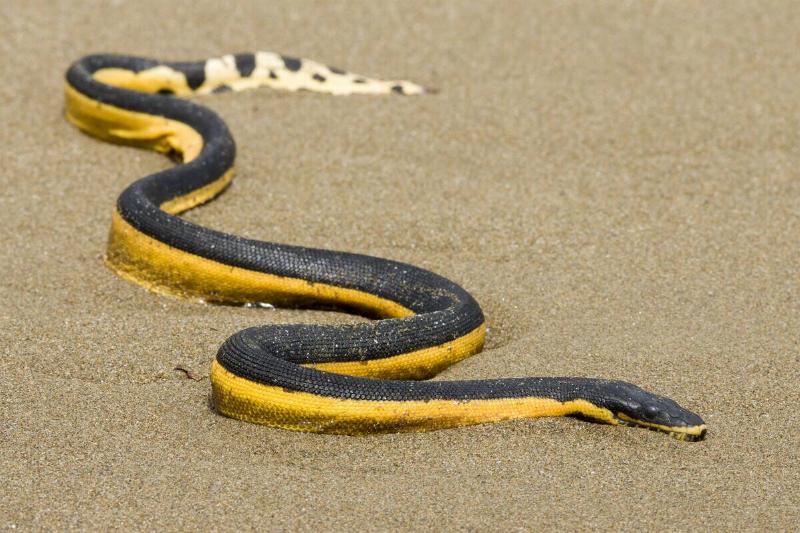
flickr
Georgia’s warming climate means a growing threat: venomous snakes. Copperheads, cottonmouths, and more are active for longer periods. Snakebites are skyrocketing – stay alert in the wild, and know how to get help fast.
Arizona’s Hidden Bite: The Risk of Dog Attacks

Mark Kolbe/Getty Images
Arizona’s dangerous animal problem isn’t snakes – it’s our canine companions. Fatal dog attacks are shockingly common, often stemming from abuse and neglect. Responsible ownership and awareness are key to preventing tragedy.
California’s Hidden Rattlers: A Venomous Threat
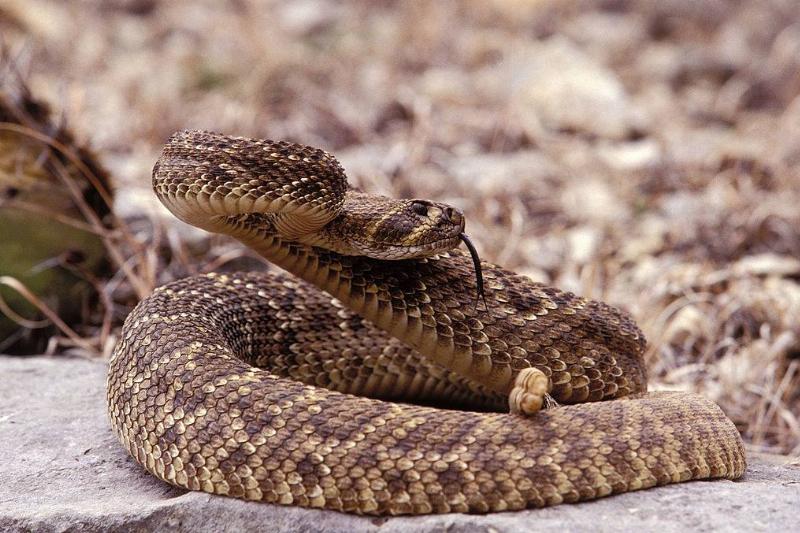
Raphael Gaillarde/Gamma-Rapho via Getty Images
California’s wilderness hides a coiled danger: rattlesnakes. Bites are common, and without antivenom, can be deadly. Know where they hide, especially in summer. If bitten, seek help immediately – time is critical.
New Jersey’s New Predator: Coyotes on the Rise
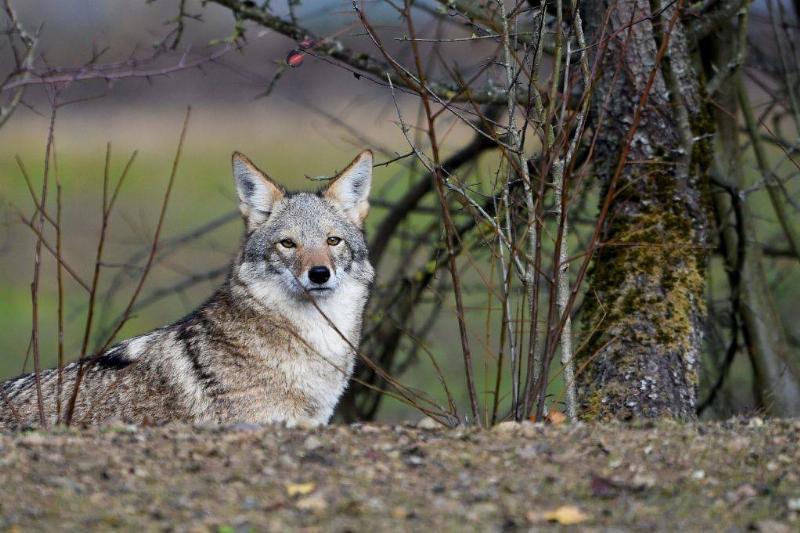
Jean-Christophe Verhaegen/AFP via Getty Images
New Jersey’s wild side is changing. Coyotes are spreading across the state – their numbers surging in recent years. While attacks on humans are rare, this adaptable predator is here to stay. Learn to coexist with a new neighbor.
Ohio’s Unseen Dog Bite Risk: Protecting Our Kids

Jamie McCarthy/Getty Images
Even beloved pets can pose a danger, especially to children. Dog bites are a serious risk in Ohio. Responsible ownership, training, and teaching kids how to interact safely with dogs are essential for prevention.